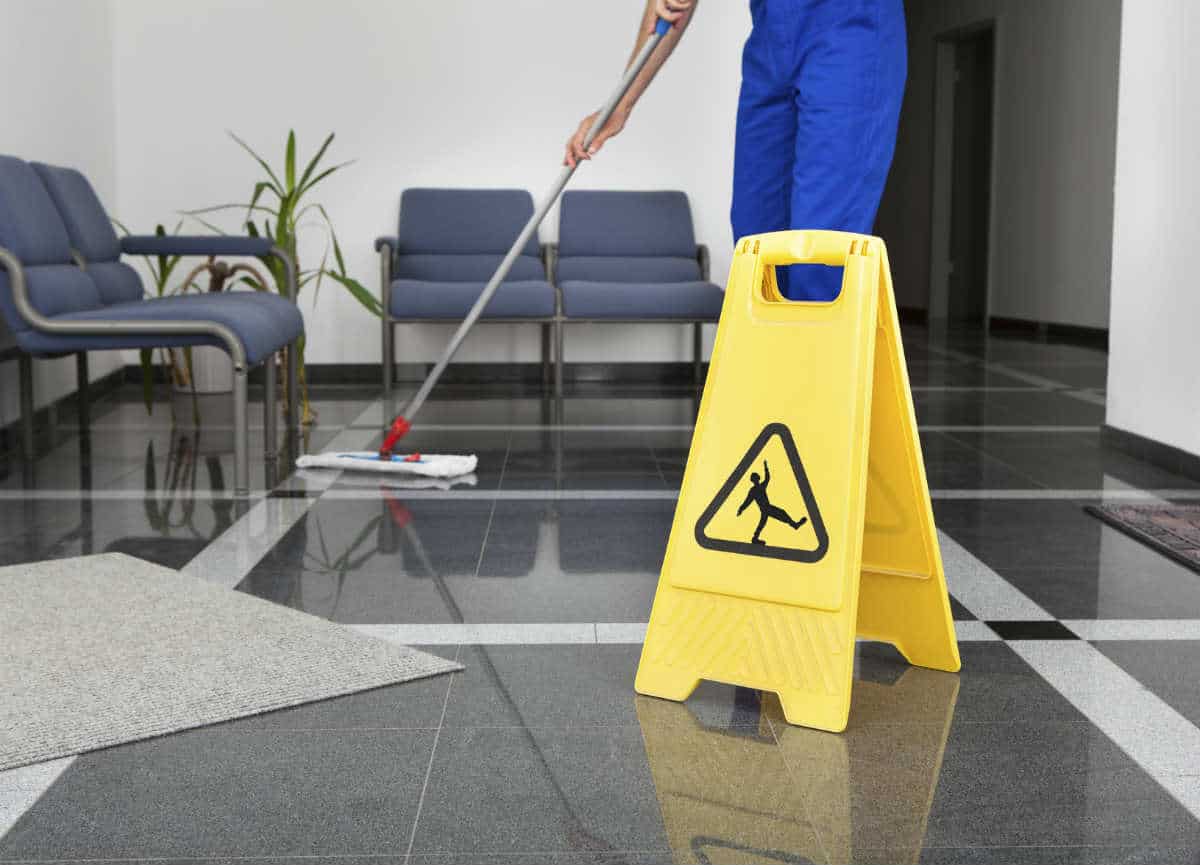Work-related accidents can occur in all kinds of workplaces.

Causes of Work-Related Fractures
Work-related bone fractures can result from:
- vehicle crashes
- slip and fall accidents
- falling objects
- equipment malfunctions
Types of Bone Fractures
Bone fractures can be classified based on their severity and type. Bone fractures are often categorized as one or a combination of the below mentioned types of fractures:
- Displaced fracture: When the bone breaks into two or more parts and displaces from its original location in a way that the two ends are no longer aligned.
- Non-displaced fracture: This type of fracture occurs when the bone cracks either in part or all the way through. However, the fractured bone does not move and remains aligned.
- Comminuted fracture: Also referred to as a shattered bone, and as the name suggests, it occurs when the bone is broken into several smaller pieces.
- Closed fracture: A closed fracture happens when the bone breaks but does not leave an open wound.
- Open fracture: An open fracture is a more serious kind of fracture and refers to the condition when the bone breaks through the skin and puts the victim at a risk for infection.
Some types of fractures are more serious and damaging than others but complications can arise with any type of fracture. Serious fractures can impact the health of surrounding tissues and organs and may set off a chain reaction that leads to a condition that is extremely painful and permanently disabling. In severe cases, a fracture can even impair the function of a bone for the lifetime.
Diagnosis and Treatment of Fractures
The extent and exact location of a fracture is found using imaging techniques such as X-Ray, CT scan and MRI. Treatment for fractures depends on its severity. Minor, hairline fractures may heal on their own with rest and immobilization. More serious fractures require extensive and prolonged treatment, including surgery to join the bones together. Surgery involves the use of surgical hardware to hold the broken pieces in place until the bone fully recovers. An injured worker may also require pain medications and anti-inflammatory medications. Physical therapy may be recommended to help restore the function of the bone.
Workers’ Compensation Benefits for Broken Bones
If you have suffered a fracture in a workplace accident, immediately report the injury to your supervisor or employer. You may be entitled to medical and wage loss benefits. Contact a Chicago worker compensation lawyer to know your legal rights. Call Willens & Baez at (312) 957-4166 for a free consultation.











